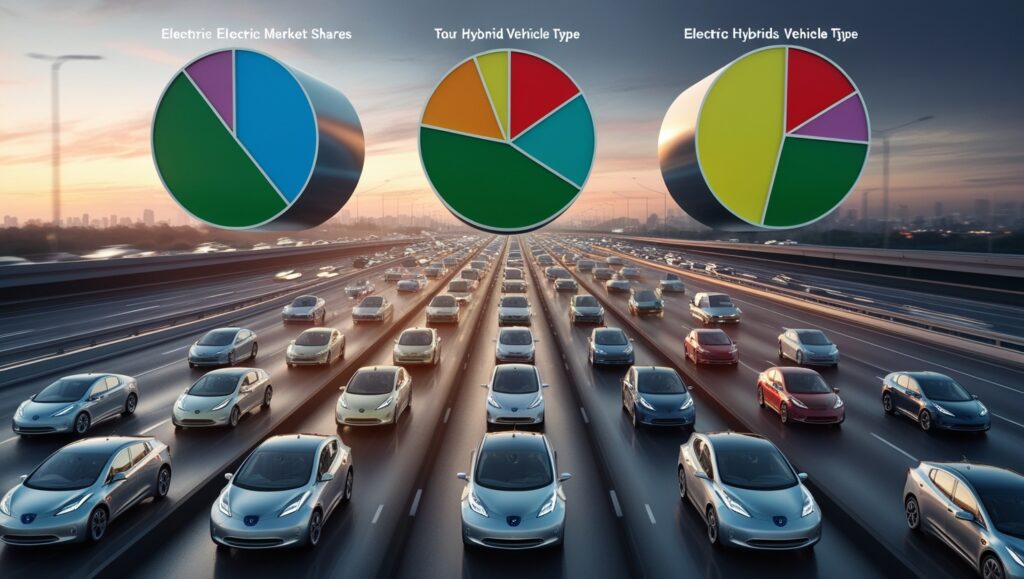The automotive industry is undergoing a seismic shift, with top electric cars rapidly gaining traction. A common misconception is that hybrid cars are eating into the market share of electric vehicles. However, the reality is far more nuanced. Instead of competing, hybrids are actually accelerating the adoption of electric vehicles.
The Rise of Electric Vehicles
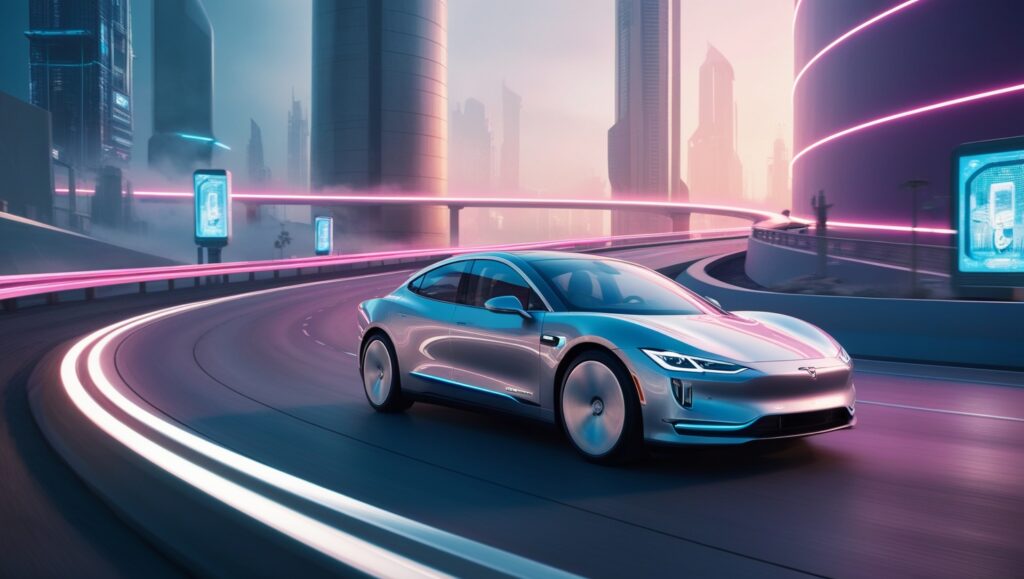
The surge in popularity of electric cars is undeniable. Factors such as increasing fuel prices, environmental concerns, and technological advancements have contributed to this growth. Models like the Tesla Model 3, Ford Mustang Mach-E, and Chevrolet Bolt EV have captured the imagination of consumers, driving demand for best electric cars.
However, the transition to a fully electric future is not without its challenges. Range anxiety, charging infrastructure, and higher initial costs are still factors influencing consumer decisions. This is where hybrid cars come into play.
Hybrids: A Bridge to Electric Vehicles
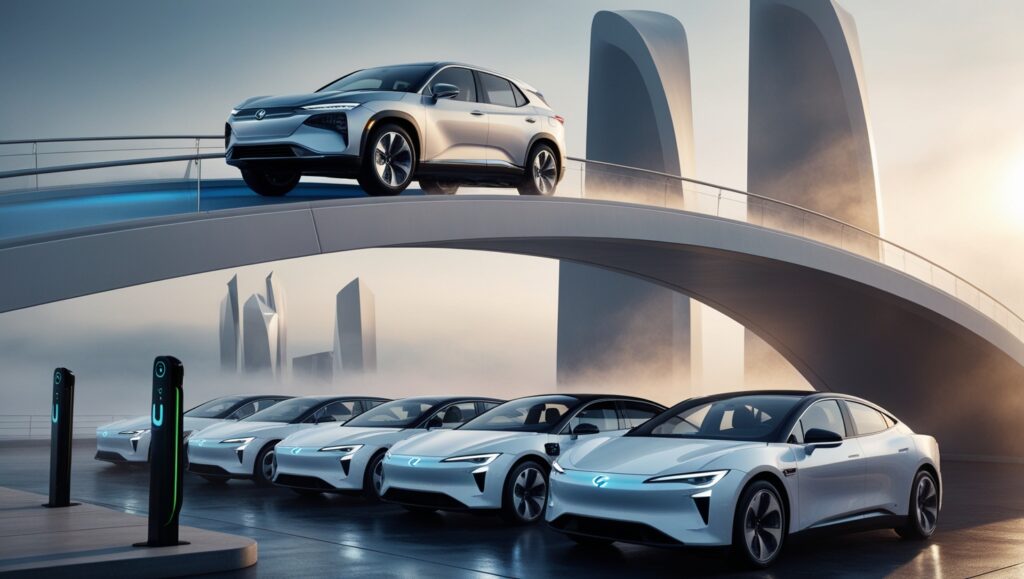
Hybrid cars offer a compelling proposition for those seeking to reduce their carbon footprint without fully committing to an electric car. They combine the efficiency of an electric motor with the flexibility of a gasoline engine, providing a smoother transition to electric driving.
While some argue that hybrids delay the adoption of electric vehicles, the evidence suggests otherwise. By introducing consumers to electric driving and showcasing the benefits of electrified powertrains, hybrids are actually preparing the market for a wider acceptance of electric cars.
Moreover, the technology developed for hybrid cars is often transferred to electric vehicles, leading to advancements in battery technology, electric motors, and power electronics. This cross-pollination of innovation benefits both segments.
The Impact of Hybrids on Electric Car Market Share
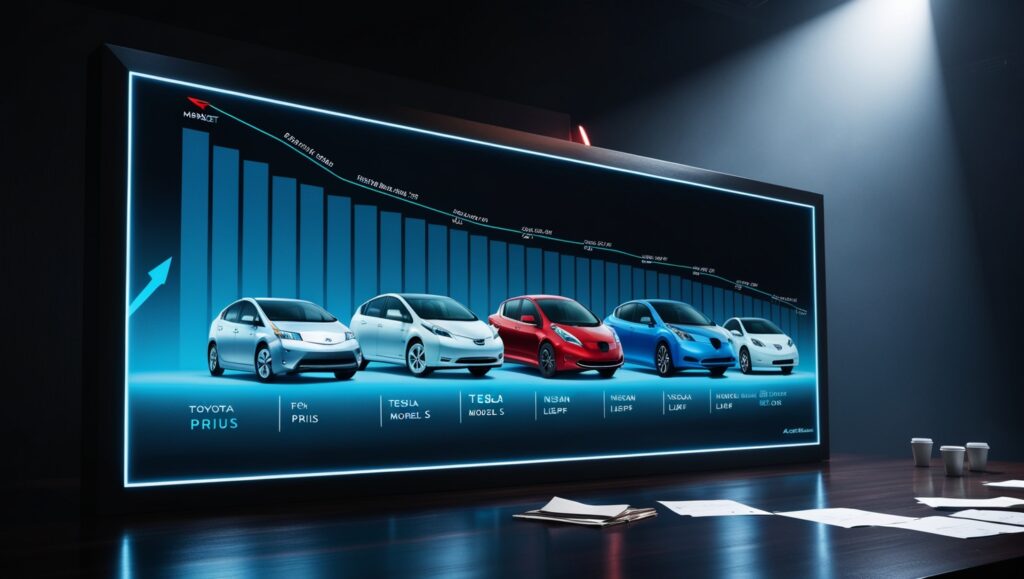
Contrary to popular belief, hybrids are not cannibalizing the electric car market. Instead, they are expanding the overall market for electrified vehicles. As consumers become more familiar with the concept of electric driving through hybrids, they are more likely to consider an electric car as their next vehicle.
Furthermore, the increasing availability of plug-in hybrid models, which offer longer electric-only ranges, is blurring the lines between hybrids and electric cars. This trend further accelerates the adoption of electrified powertrains.
The Future of Electric Vehicles and Hybrids

The future of the automotive industry is undoubtedly electric. However, hybrids will continue to play a vital role in the transition. As battery technology improves and charging infrastructure expands, electric cars will become more accessible and affordable.
In the meantime, hybrids will offer a practical and environmentally friendly option for many consumers. The collaboration between electric cars and hybrids is driving innovation and accelerating the shift towards a sustainable transportation future.
The Consumer Perspective
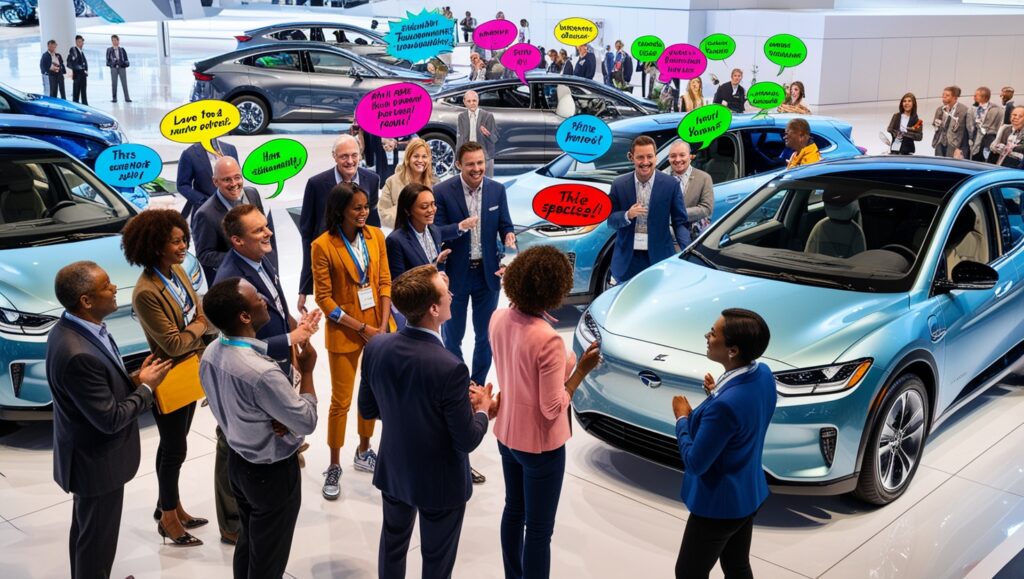
Understanding the mindset of consumers is crucial in analyzing the interplay between hybrid cars and electric cars. Many potential buyers are drawn to hybrids due to their perceived affordability, familiarity, and the ability to mitigate range anxiety. These factors contribute to a gradual shift in consumer behavior, making them more receptive to electric cars in the future.
Moreover, the psychological aspect of vehicle ownership cannot be ignored. Some consumers view hybrid cars as a stepping stone towards full electrification. They appreciate the opportunity to experience electric driving without the complete commitment required by an electric car. This gradual transition allows consumers to adapt to new technologies at their own pace.
Government Policies and Incentives

Government policies play a pivotal role in shaping the automotive landscape. Incentives such as tax credits, rebates, and charging infrastructure development have been instrumental in boosting electric car sales. However, governments can also encourage hybrid car ownership as a means to reduce emissions and improve fuel economy.
A balanced approach that supports both electric cars and hybrids can accelerate the transition to a cleaner transportation system. By offering incentives for both vehicle types, governments can stimulate demand, foster competition, and drive technological advancements.
The Role of Charging Infrastructure
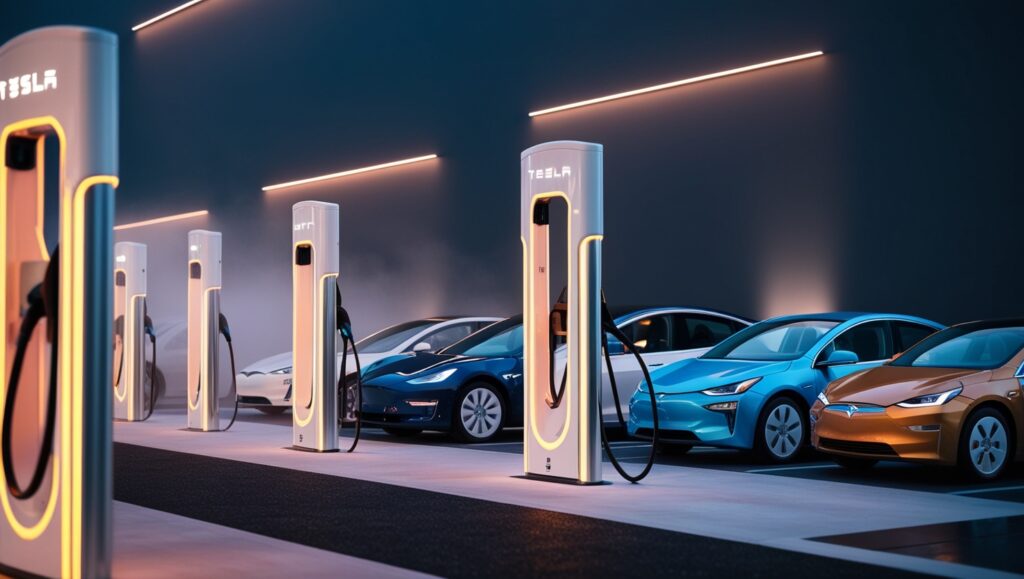
The availability and accessibility of charging infrastructure is a critical factor influencing electric car adoption. While significant progress has been made, there is still room for improvement. Governments, utilities, and private companies need to collaborate to expand the charging network, especially in rural areas and urban centers.
Hybrid cars, on the other hand, do not have the same charging infrastructure requirements. Their ability to operate on gasoline provides a level of flexibility that electric cars currently lack. However, as the charging network expands, the distinction between the two will become less pronounced.
The Impact of Battery Technology
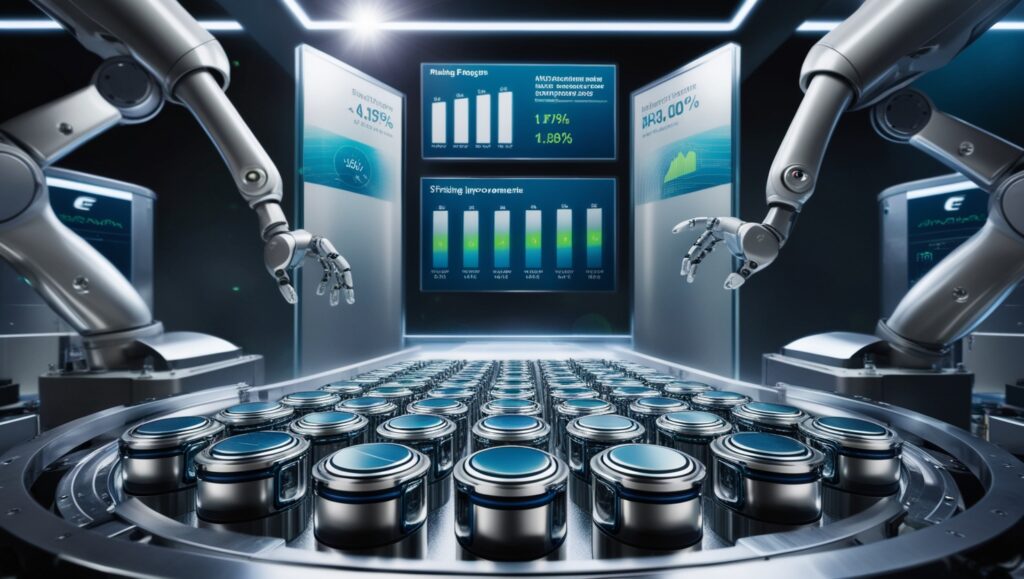
Advancements in battery technology are crucial for the long-term success of electric cars. Increased energy density, faster charging times, and longer lifespans are essential to address consumer concerns about range and charging convenience.
While hybrid cars also benefit from battery technology improvements, the impact is less pronounced. The smaller battery packs used in hybrids mean that advancements in battery technology have a less significant effect on their overall performance.
The Role of Infrastructure and Consumer Education
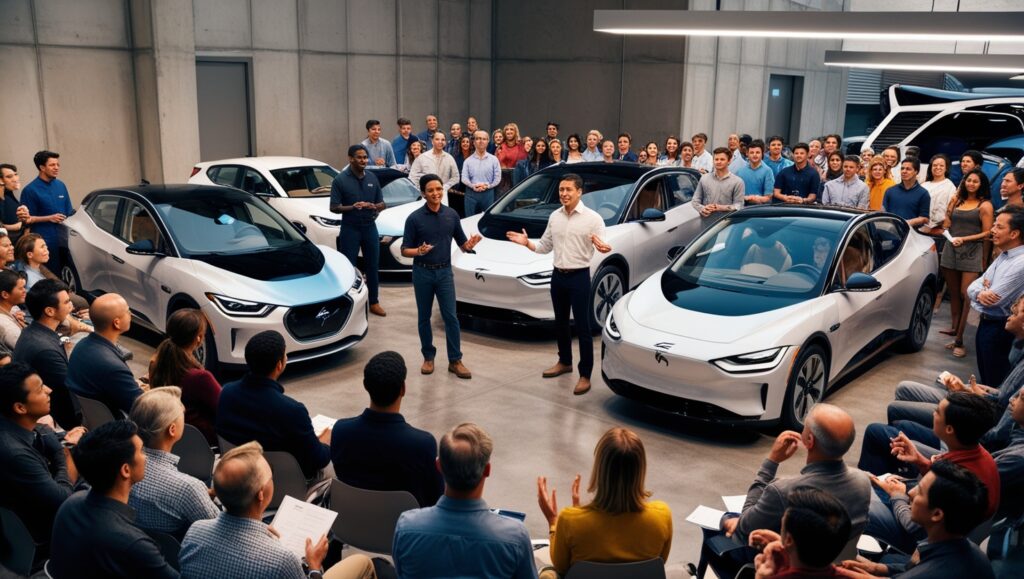
The success of both electric and hybrid vehicles is inextricably linked to robust infrastructure. While charging stations for electric cars are increasing, a more comprehensive network is essential. Additionally, consumer education is crucial to dispel misconceptions about electric vehicle range and charging. Hybrids, in this context, can serve as a familiar entry point, easing consumer anxiety about the transition to electric.
As battery technology advances and charging infrastructure expands, the lines between hybrid and electric vehicles may blur further. Plug-in hybrid electric vehicles (PHEVs) already bridge the gap, offering flexibility for consumers. In the long run, the synergy between these two technologies will undoubtedly accelerate the adoption of sustainable transportation, contributing to a cleaner and healthier planet.
Conclusion: A Synergistic Relationship
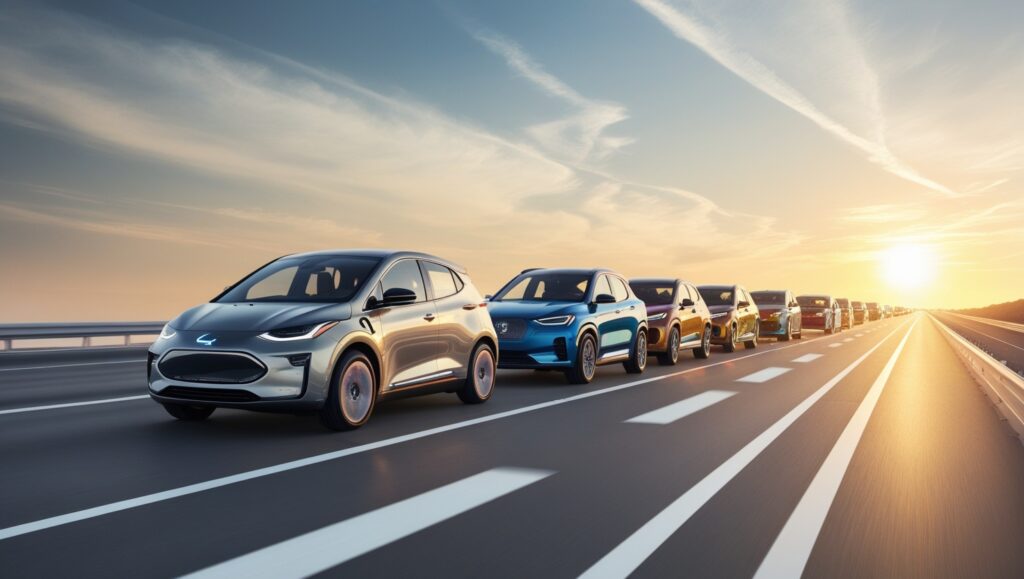
The relationship between hybrid cars and electric cars is more complex than a simple competition for market share. They are complementary technologies that are driving the automotive industry towards a sustainable future.
Hybrids serve as a bridge, helping consumers transition to electric driving while reducing emissions. Electric cars represent the ultimate goal of zero-emission transportation. By working together, these technologies can accelerate the shift away from fossil fuels and create a cleaner, healthier planet.
As technology advances and consumer preferences evolve, the automotive industry will continue to evolve, with both electric cars and hybrids playing important roles.
By understanding the dynamics between these two technologies, consumers, policymakers, and industry stakeholders can make informed decisions to accelerate the transition to a cleaner and more sustainable transportation system.
